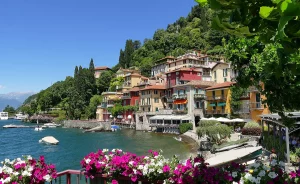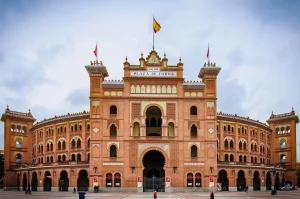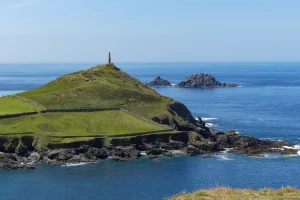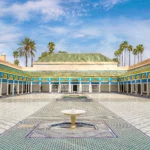Gaudi’s unfinished masterpiece and symbol of Catalan modernism, the Sagrada Familia is the most visited monument in Spain. With its extraordinary dimensions, its shimmering stained glass windows, and more than 100 years of work, the Sagrada Familia will amaze you with its splendor and its history. But before discovering it, here is everything you need to know about this architectural feat.
Numbers that make your head spin
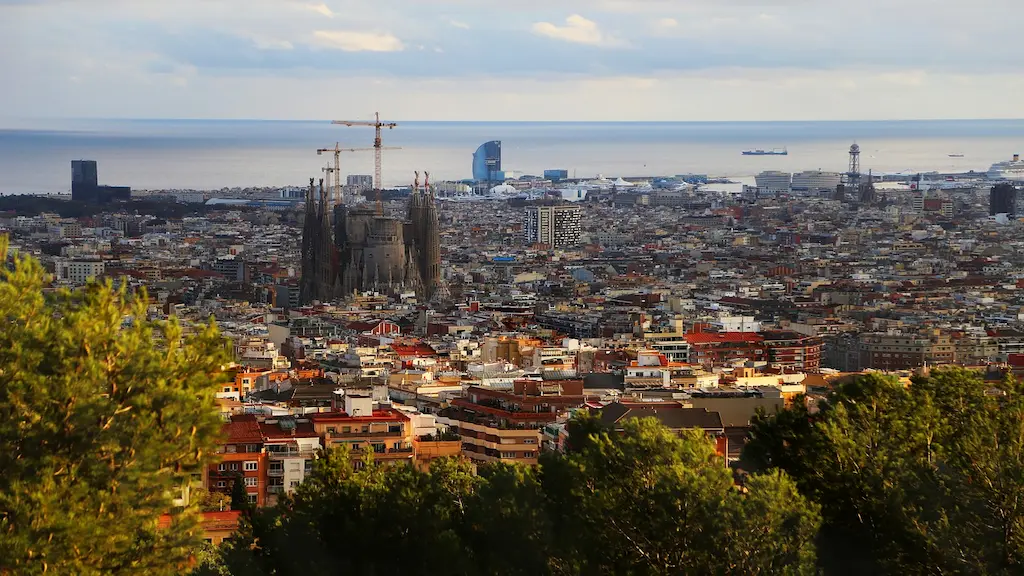
18: this is the number of towers of the Sagrada Familia. 12 of them (the lowest) represent the apostles, 4 (the highest) are dedicated to the evangelists, another one is dedicated to the Virgin Mary and the last one, the highest, is dedicated to Jesus.
172.5 meters: this is the height that the Jesus Tower will reach, the highest tower of the Sagrada Familia when it is completed. Gaudi wanted this monument to be the highest in Barcelona.
4500 m²: the surface area of the Sagrada Familia.
43: it is the number of years that the architect Gaudi will have devoted to the realization of this project, before dying accidentally in 1926.
14,000: the number of visitors that can receive the interior of the basilica.
3 million: the number of people who visit the Sagrada Familia every year, making it the most visited monument in Spain.
What to see when visiting the Sagrada Familia?
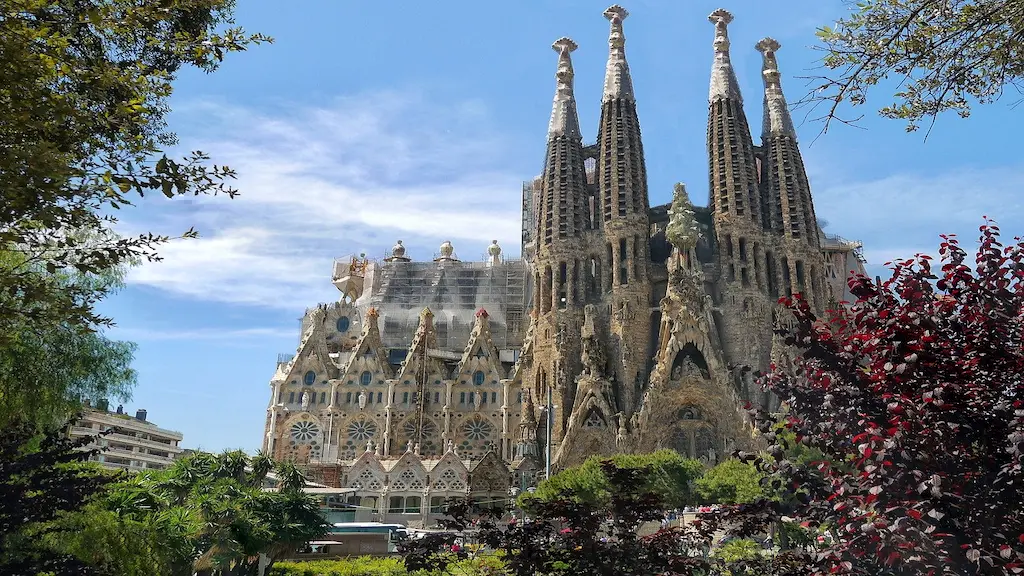
The stained glass windows: Gaudí had imagined a “symphony of colors and light” for his building, and his wish was fulfilled by Joan Vila-Grau, a Spanish painter and stained glass artist who created and installed the windows. Green, blue, orange, yellow, red, as the day goes by and the sun’s rays shine through, it is a real play of colors that illuminates the basilica and offers a magical spectacle.
The pillars in the shape of trees: Gaudí also wanted “the interior of the church to be like an immense forest, that the decoration of the vaults be made of leaves, that the pillars of the great nave be palm trees, trees of glory, sacrifice and martyrdom, that those of the side naves be laurel trees of glory and intelligence.”
The Sagrada Familia Museum: Inside this museum, located right next to the crypt of the Sagrada Familia, there are plaster models, graphic documents, plans, and photographs that illustrate the stages of development of the building since the beginning of the work.
A platform allows you to see the tomb of Antonio Gaudí. The visit to this museum is included in the price of the entrance ticket.
The facades: the 3 facades of the religious building all have a special meaning. Each of them represents a phase of the life of Jesus Christ: the Nativity, the Passion, and the Glory.
The Sagrada Familia in practice
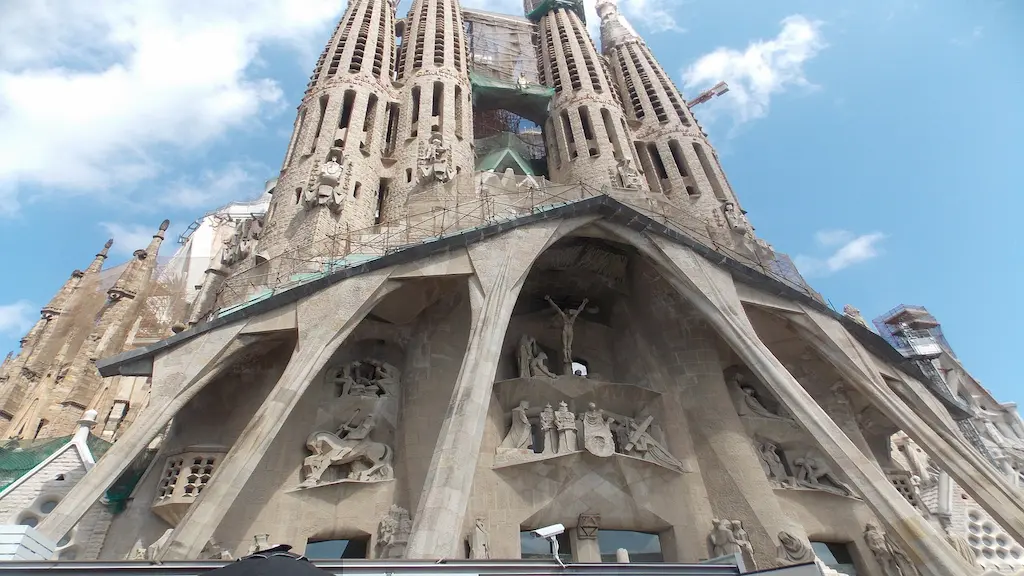
How to get to the Sagrada Familia?
On foot or by car: search for Carrer de Mallorca, 401 Barcelona in your GPS or on your map.
You can park your car in one of the covered and secure parking lots available near the Sagrada Familia (Bypark Sagrada Familia, Bypark Bond Krup, Aparthotel Marina, B: SM Sagrada Familia and Rius Sagrada Familia).
By metro: lines L2 and L5 serve the Sagrada Familia station
By bus: Sagrada Familia can be reached by bus lines 19, 3, 34, 43, 44, 50, 51, B20, and B24. It is also one of the stops of the tourist bus (hop-on hop-off) that goes to the most important sites in Barcelona (blue line).
How much does it cost to enter the Sagrada Familia?
- 26 € per adult over 31 years old (30 € with guided tour)
- 24 € for 11-30 years old and students
- 21 € for seniors over 65 years old
- Free for children under 10 years old
Advice :
book a ticket online in advance to avoid long lines at the ticket office, especially on weekends and if you are planning a stay in Barcelona during the summer season.
What are the visiting hours of the Sagrada Familia?
The Sagrada Familia is open to the public all year round from Monday to Thursday from 9 am to 3 pm and from Friday to Sunday from 9 am to 6 pm. Please note that these hours may be modified on public holidays and during religious celebrations. It is therefore recommended to consult the website of the Sagrada Familia before planning a visit.
Advice :
go there before 10 am to enjoy the place without too many people and if possible favor a visit during the week to avoid the weekend crowd.
How much time should I allow to visit the Sagrada Familia?
Allow at least 1h30 to discover the exterior and interior of the Sagrada Familia.
What should I wear to visit the Sagrada Familia?
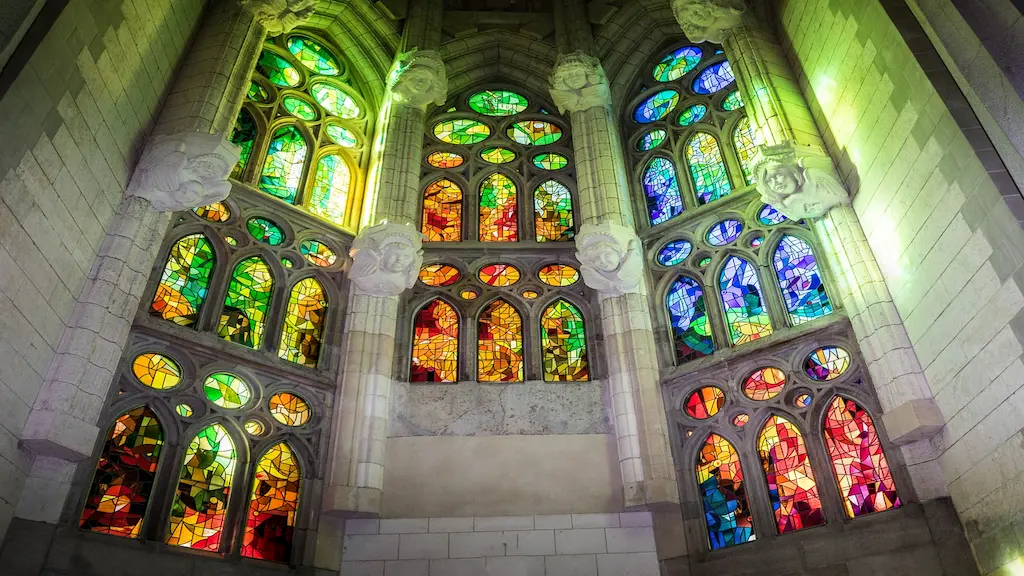
Yes to comfortable shoes like sneakers, no to sandals and flip-flops. You will walk a lot during your visit. Then, the building being religious, you must respect certain rules of dress. Transparent clothes, and those revealing the shoulders, the back, or the belly, are forbidden, as well as very short skirts and shorts.
Can we take pictures inside the Sagrada Familia?
The answer is yes. And from the outside, the angle for a selfie is perfect from the escalator at the exit of the metro from Calle Marina.
Where to stay near the Sagrada Familia?
The Sagrada Familia, like Casa Milà and Casa Batlló, two other works by Gaudí, is located in the Eixample district. This area is quite quiet because it is residential. There are good restaurants to enjoy tapas, parks to relax in and many other modernist buildings.
The history of the Sagrada Familia in a few key dates
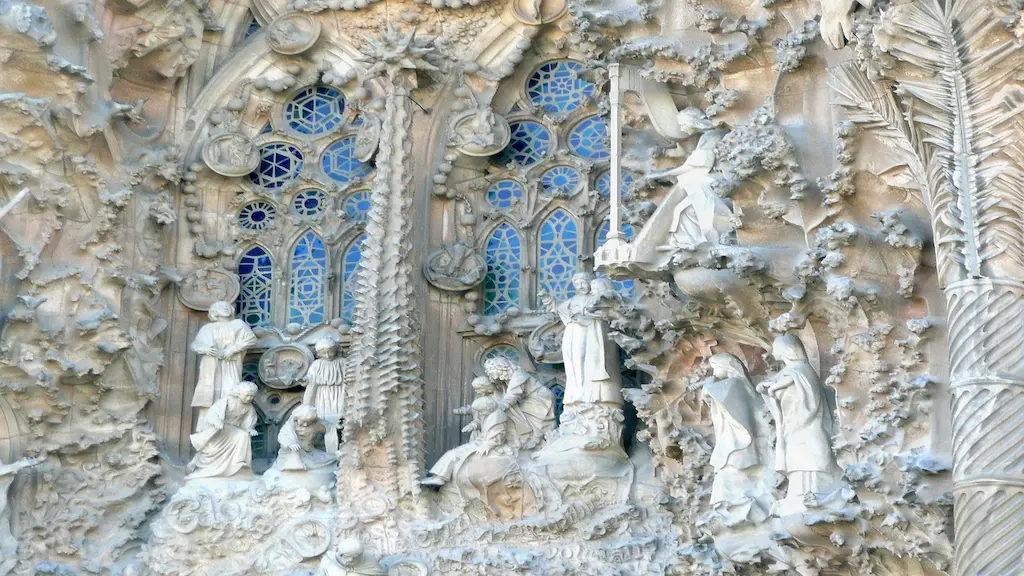
1866: the idea of building this expiatory temple, financed by donations from the faithful and dedicated to the Holy Family, was born that year from a very religious Spanish bookseller: Josep Maria Bocabella I Verdaguer.
1882: After numerous donations, the land was purchased and the project was entrusted to the architect Francesc de Paula Villar, who laid the first stone of the building on March 19, 1882.
1883: sometime later the architect resigned due to numerous disagreements with the technical advisor of Bocabella. The project was then entrusted to Antonio Gaudí, a genius of Catalan modernism who would completely revise the plans and architecture, forgetting the neo-gothic style to create a modern building, out of the ordinary and unique in the world.
1926: Gaudí died accidentally on June 10, 1926, three days after being hit by a streetcar. At that time, only 20% of the cathedral was built.
1936: it is the civil war in Spain, the anarchists set fire to the basilica and the majority of the plans and ideas of Gaudi go up in smoke. It was not until the end of the war that the burned crypt was restored and the models repaired. Construction also resumed in the wake of the war.
2010: over the years, work continues on the interior and exterior. On November 7, 2010, the religious building is officially inaugurated by Pope Benedict XVI.
2017: the construction is 70% complete, 135 years after the beginning of the work.
2026: the end of the work? Not so sure.
The construction of the Basilica should be finished in 2026, 100 years after Gaudi’s death. However, the pandemic has caused many delays, so it is difficult to envisage the end of the work on the scheduled date.
The building may not be completed until 2027, after 145 long years of work.
Also Read: Bucket list Visit The 7 Wonders of The World

